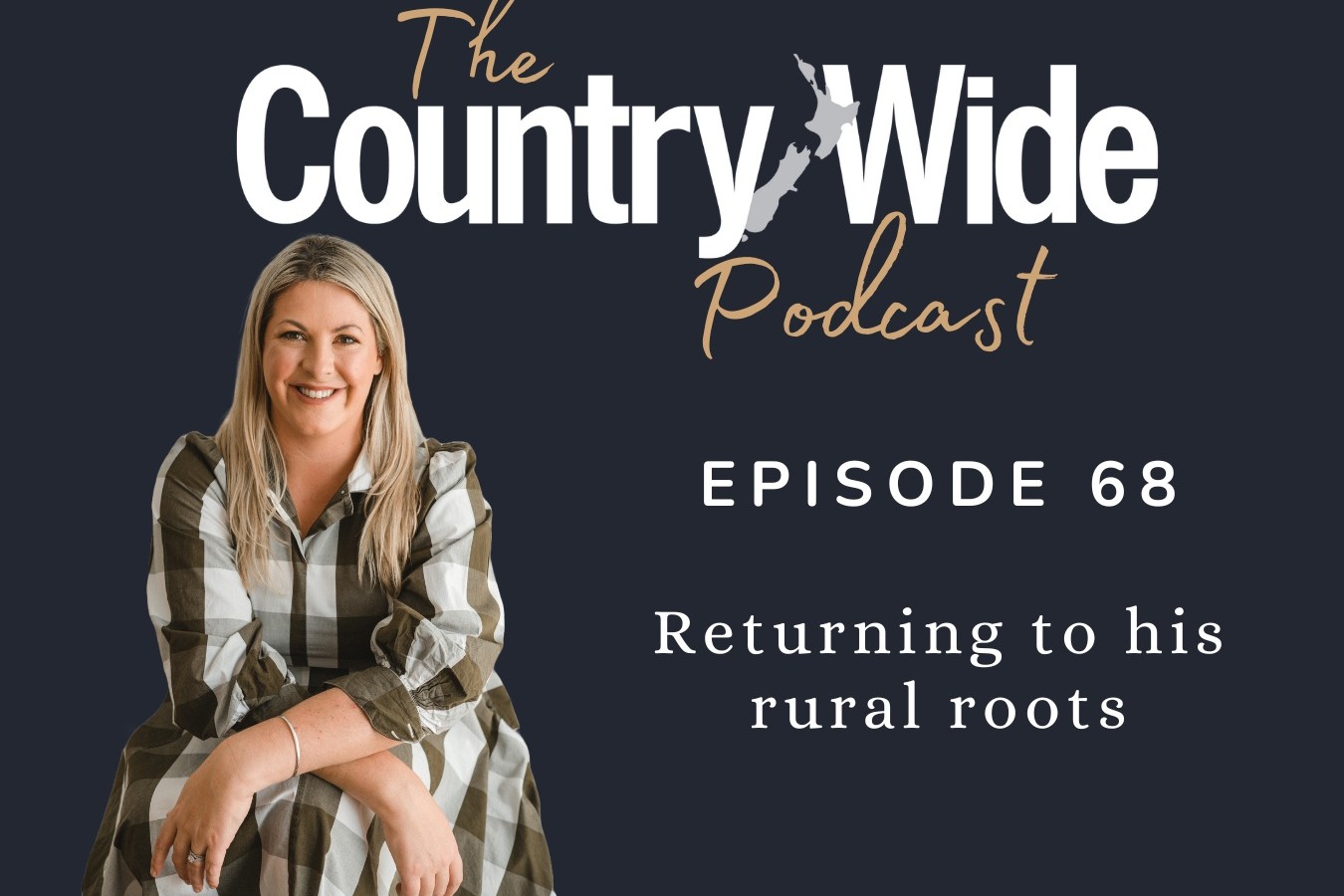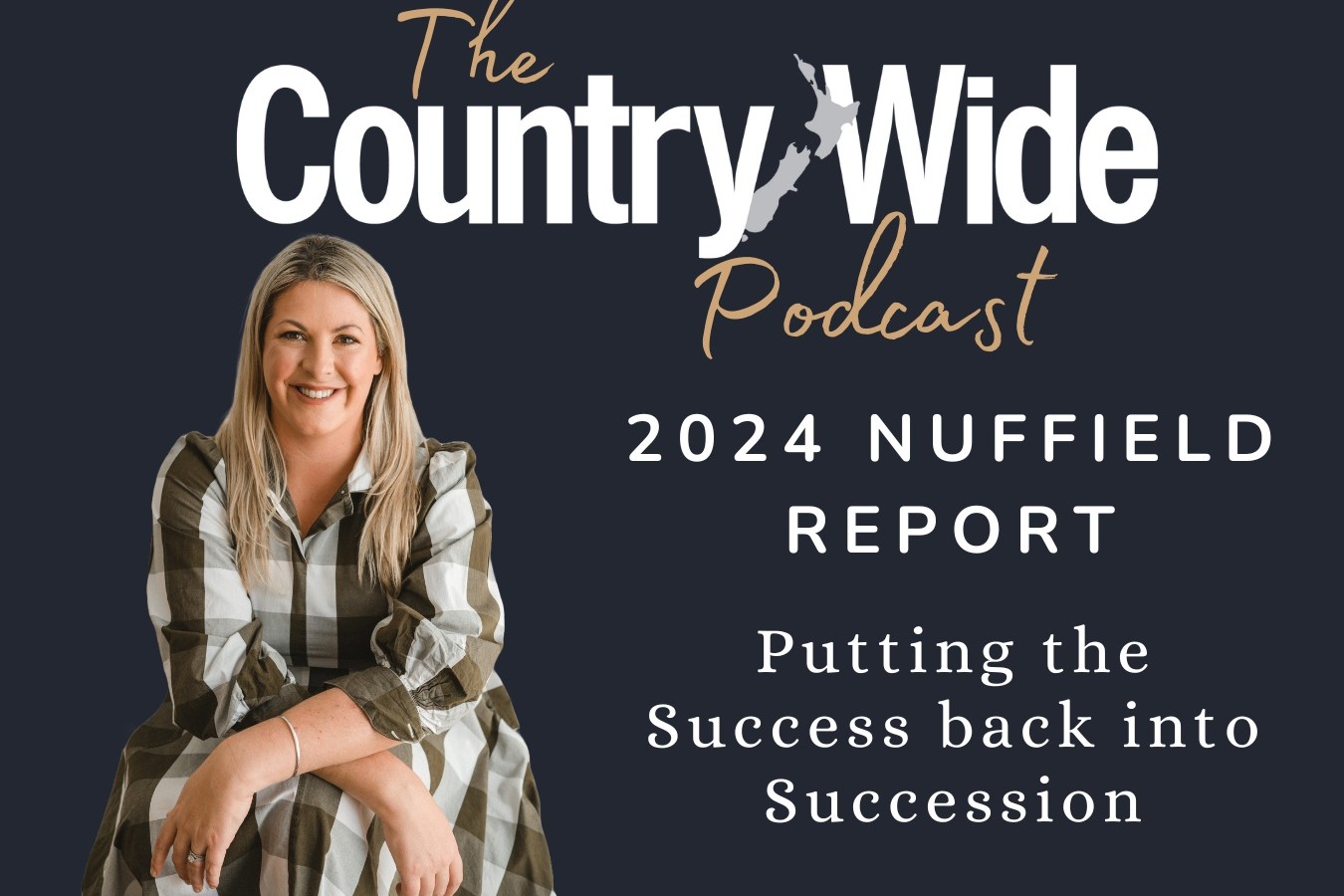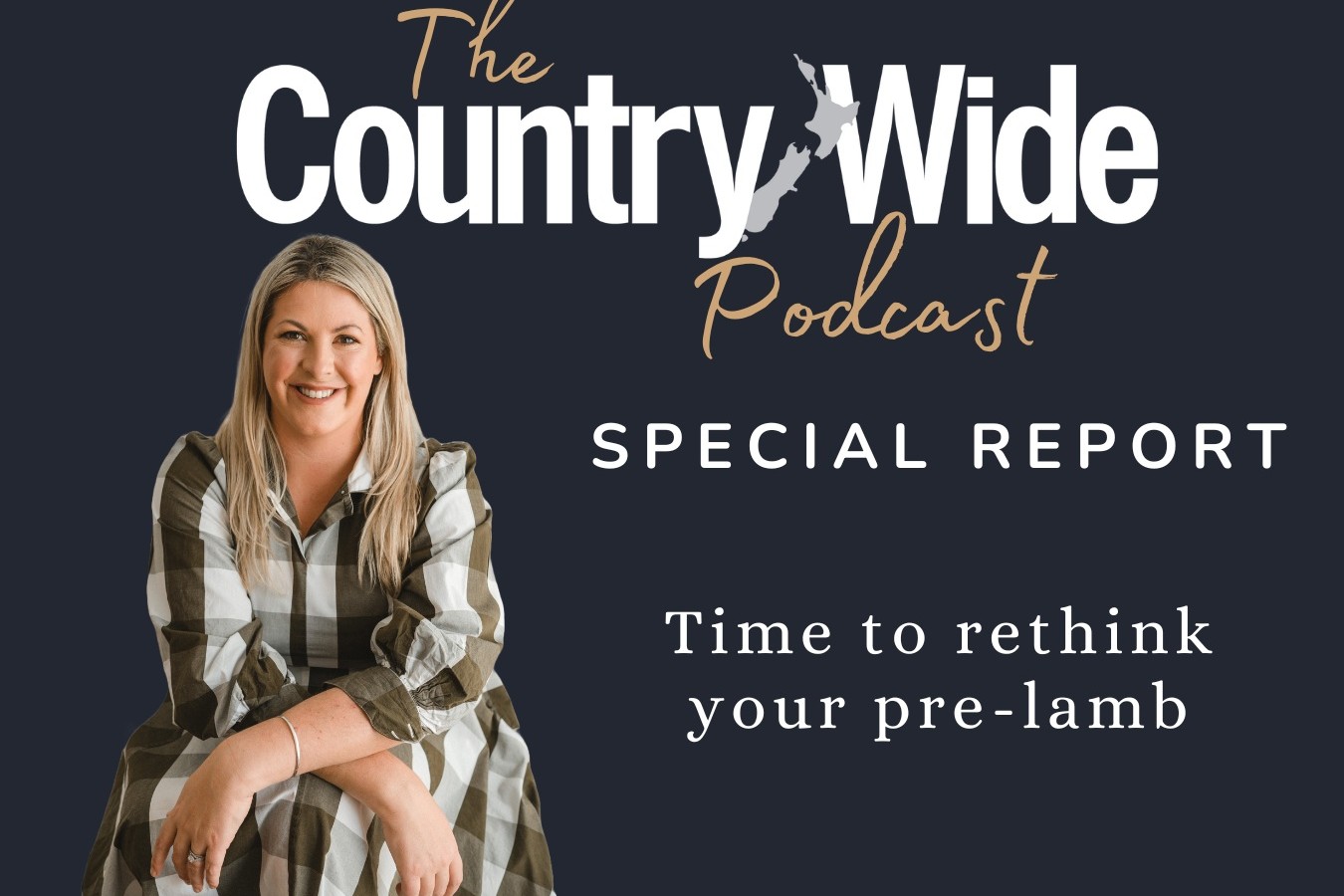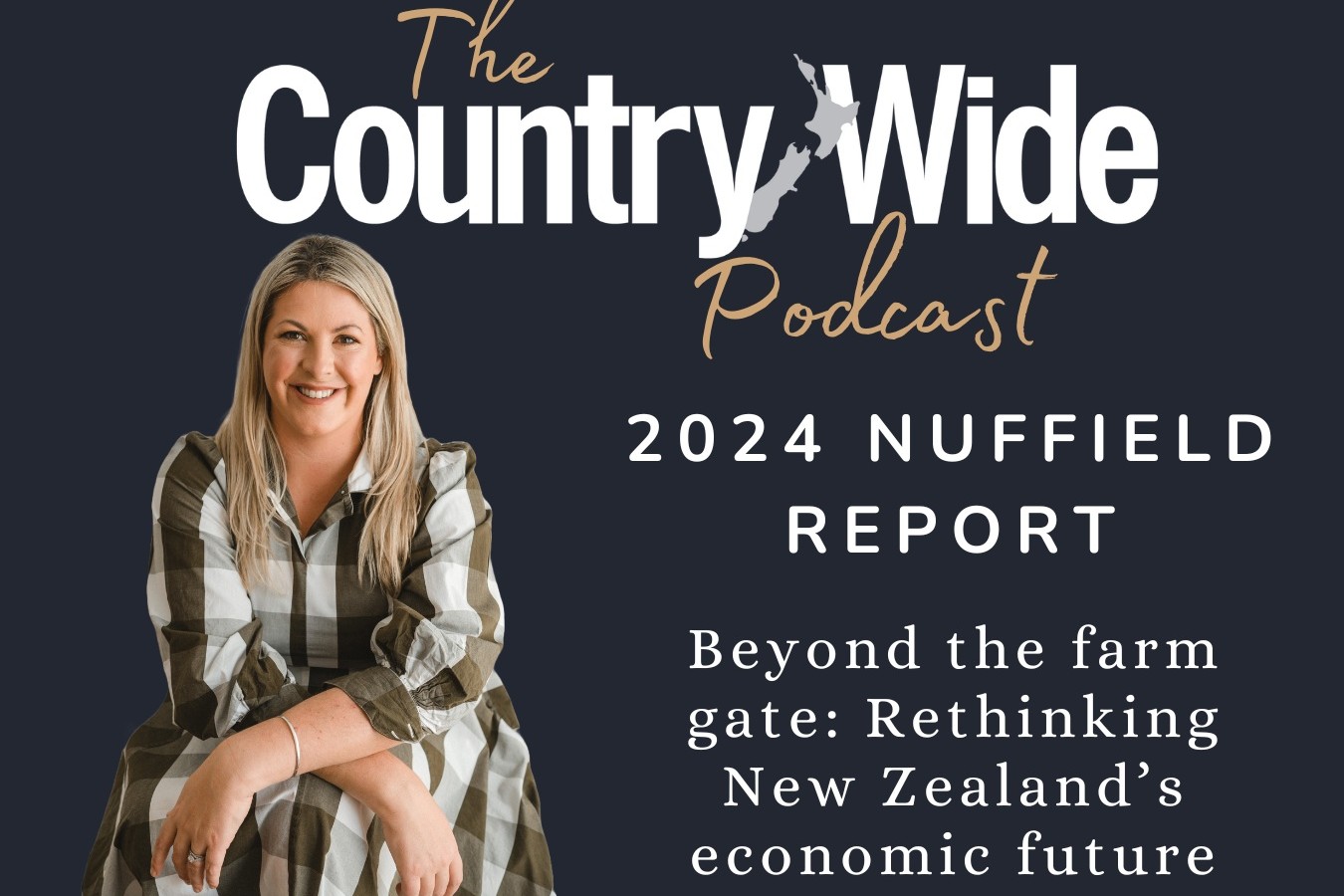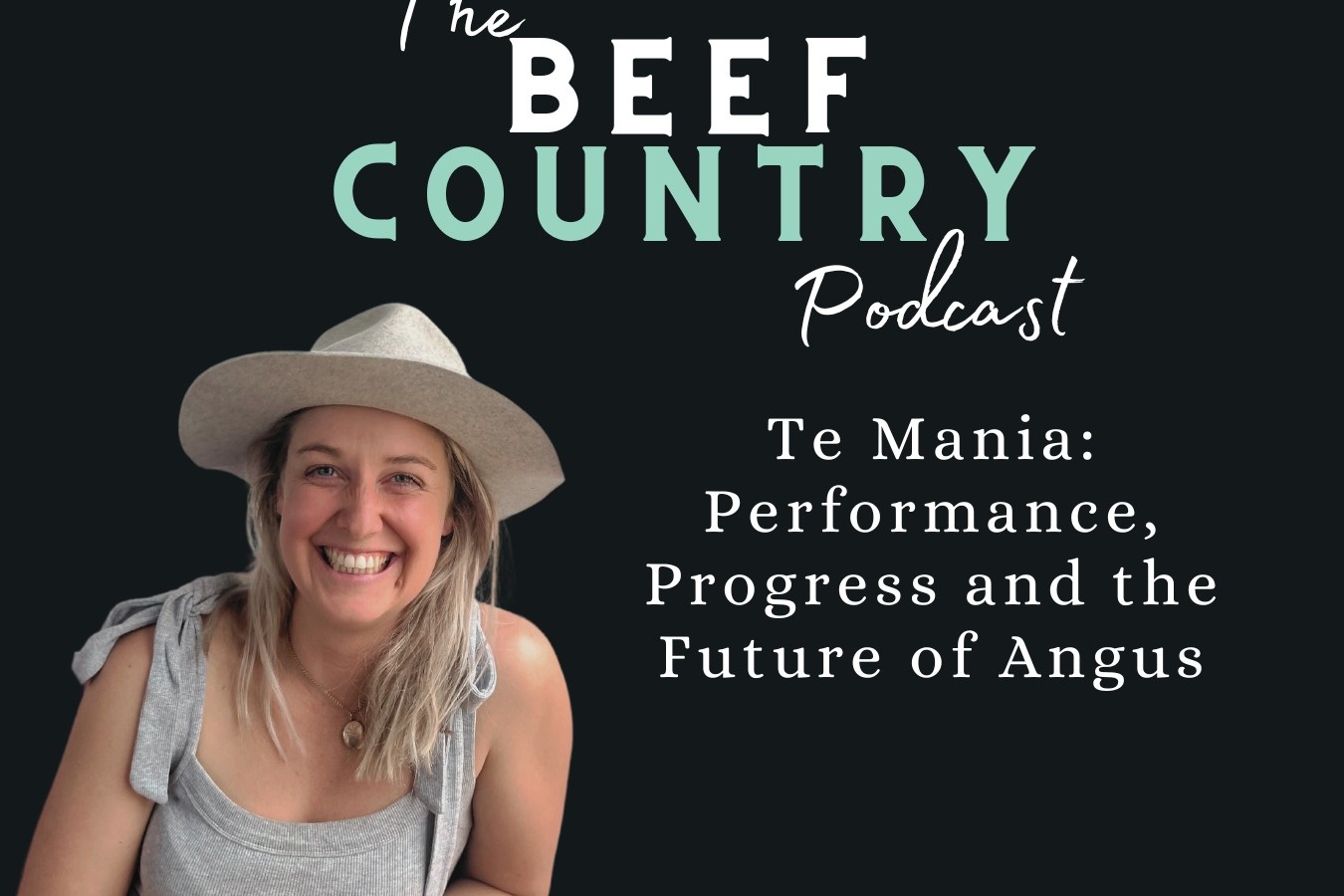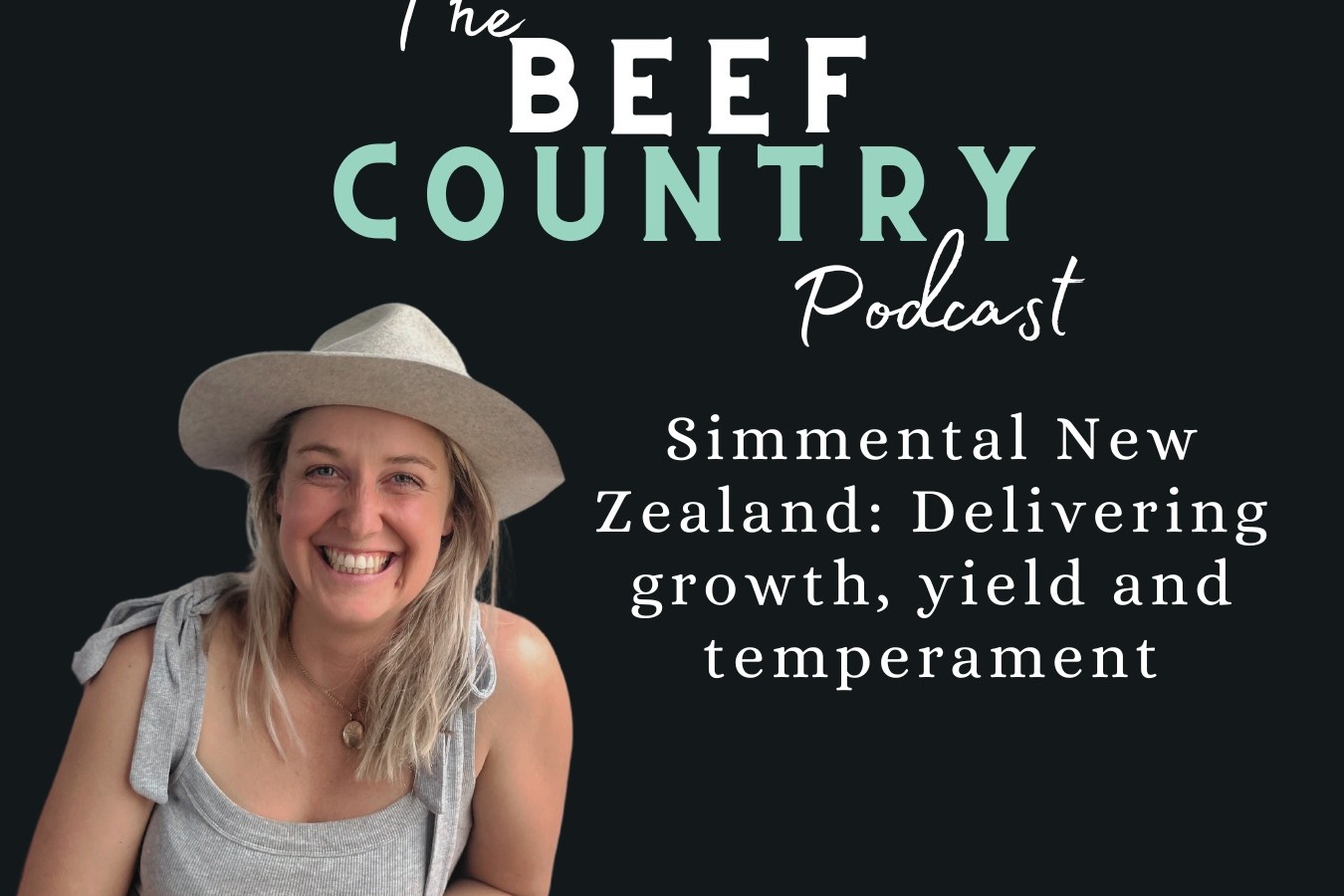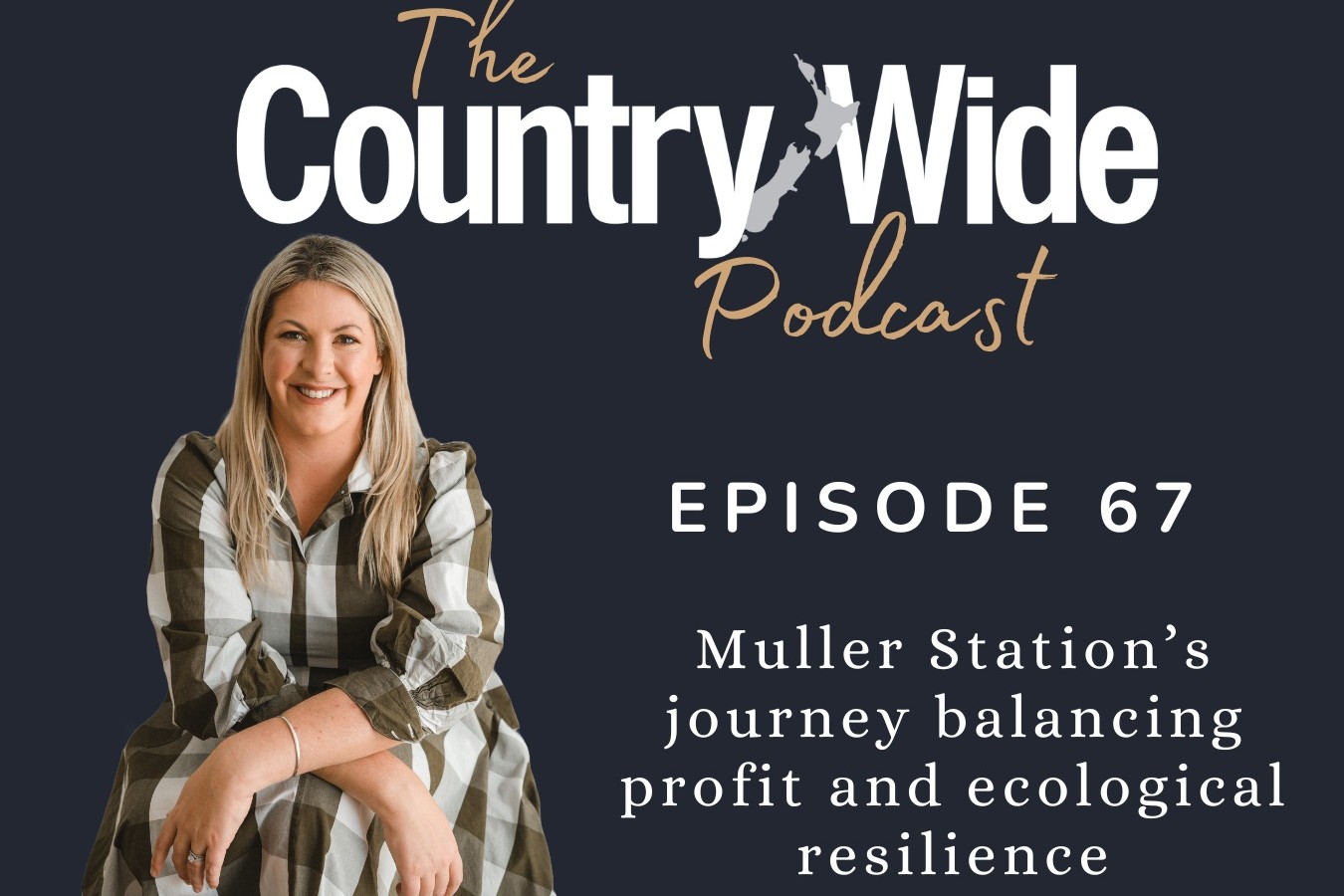Podcasts
Episode 68 – Returning to his rural roots
James Kellow has taken an unconventional path into farming with the purchase of Lighthouse Station on the Āwhitu Peninsula in 2017 for a deep connection to his rural roots and a desire to create something enduring.
In this episode, Sarah Perriam-Lampp speaks with James Kellow about transforming Lighthouse Station Farm from a former dairy farm into a regenerative beef and gamebird estate.
2024 Nuffield Report – Putting the success back into succession
In this episode, Sarah Perriam-Lampp speaks with 2024 Nuffield Scholar Peter Templeton about alternative pathways to farm ownership and succession.
Drawing on global models, Peter explores solutions like lease-to-buy and equity partnerships to help young farmers overcome rising land costs and secure New Zealand’s farming future.
Special Report – Time to rethink your pre-lamb
Are your ewes performance ready this season?
In this must-listen vodcast, NZVA Sheep & Beef Cattle Branch president Alex Meban of VetEast joins Sarah to unpack everything trace elements pre-lamb — why they matter, how they help, and the benefits he’s seen from supplementing with trace elements like Multimin ® Plus Copper for Sheep.
Tune in for a practical, expert-led discussion to help you set your flock up for a successful, productive lambing season.
2024 Nuffield Report – Changing the Bog-Standard; repeatable solutions for Aotearoa’s Peatlands
In this episode, Sarah Perriam-Lampp speaks with Nuffield Scholar Jenna Smith about her research into managing peatlands to reduce emissions while maintaining productive land use. Travelling through Europe and the UK, Jenna explored wetland farming and highlighted sphagnum moss as a promising opportunity for New Zealand.
The Beef Country Podcast – Kaiwara Angus: Balanced genetics for commercial success
In this episode, Jo Scott speaks with George and Penny Johns of Kaiwara Angus. They discuss breeding structurally sound, resilient bulls for dryland systems, with type and functionality prioritised alongside data.
The pair highlight the importance of matching genetics to farming systems, managing milk for fertility, and balancing phenotype with performance to deliver practical, commercially relevant cattle.
2024 Nuffield Report – Coding for Change: Navigating adoption of gene editing in the New Zealand primary sector
In this episode, Sarah Perriam-Lampp talks with Nuffield Scholar Rachel Baker about her research into the potential future of gene editing in New Zealand’s primary industries which formed the basis of her 2024 Nuffield scholarship. Rachel explored how New Zealand could responsibly adopt the technology while protecting its global reputation.
She highlights international models, like Norway’s, and sees early potential in horticulture. Emphasising transparency, trade alignment, and inclusivity, Rachel believes gene editing should be farmer-led and value-driven—supporting innovation while respecting consumer choice and the diverse values across New Zealand’s food and fibre sectors.
2024 Nuffield Report – Beyond the farm gate: Rethinking New Zealand’s economic future
In this episode, Sarah Perriam-Lampp interviews Nuffield Scholar Carlos Bagrie about New Zealand’s economic future beyond agriculture and tourism. Carlos highlights the need for long-term planning and diversification to address the limits of mature industries.
Drawing on global experiences, he urges building new value streams and deeper collaboration across sectors. Carlos calls for a national conversation on New Zealand’s identity and a 25- to 50-year vision, aiming to inspire bold, innovative solutions that ensure sustainable prosperity for future generations.
The Beef Country Podcast – Te Mania: Performance, progress and the future of Angus
In this episode, Jo Scott speaks with Will Wilding of Te Mania Angus. Will shares how their herd structure balances maternal strength with innovation in terminal and dairy-focused genetics. He explains a new AI tender system replacing stud transfers, designed to prioritise commercial buyers and share value.
Will also discusses finishing their own calves to validate genetics, the importance of weighing for growth, and growing demand for performance-proven cattle.
The Beef Country Podcast – Simmental New Zealand: Delivering growth, yield and temperament
In this episode, Jo Scott speaks with Tom Sanson from Gold Creek Simmentals, representing Simmental New Zealand. Tom highlights why Simmental bulls are ideal terminal sires, citing growth, carcass yield, and docility. He explains hybrid vigour and its benefits in crossbreeding systems.
The discussion includes tips for bull buyers, the importance of aligning with like-minded breeders, and updates on the IGES evaluation system. Tom also points listeners to online tools like Helical and encourages farmers to explore Simmental genetics to boost performance and profitability.
Episode 67 – Muller Station’s journey balancing profit and ecological resilience
In this episode, Jo Grigg speaks with Steve Satterthwaite, who farms Muller Station in Marlborough’s Awatere Valley with his family. Their low-input, environmentally focused approach has created a resilient high country system balancing fine wool, meat with their dual-purpose merino and biodiversity values.
Sarah Perriam-Lampp also speaks with ecologist David Norton, who helped develop Muller’s integrated farm management plan. He highlights the need for long-term, landscape-scale solutions to threats like wilding pines, deer, and goats.

